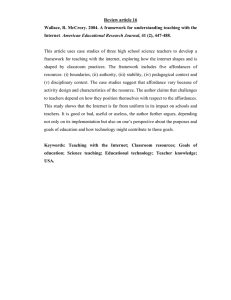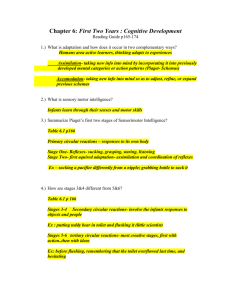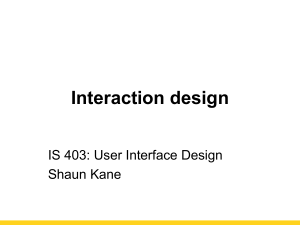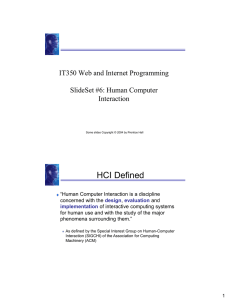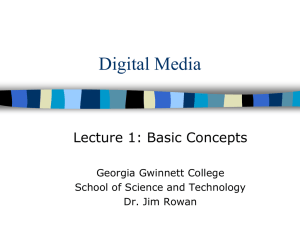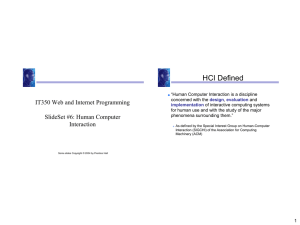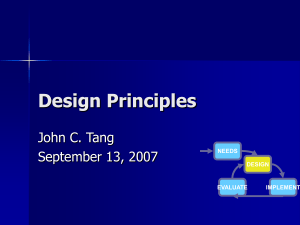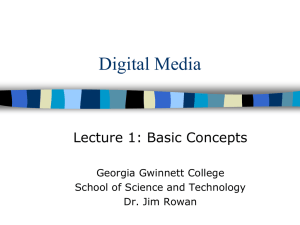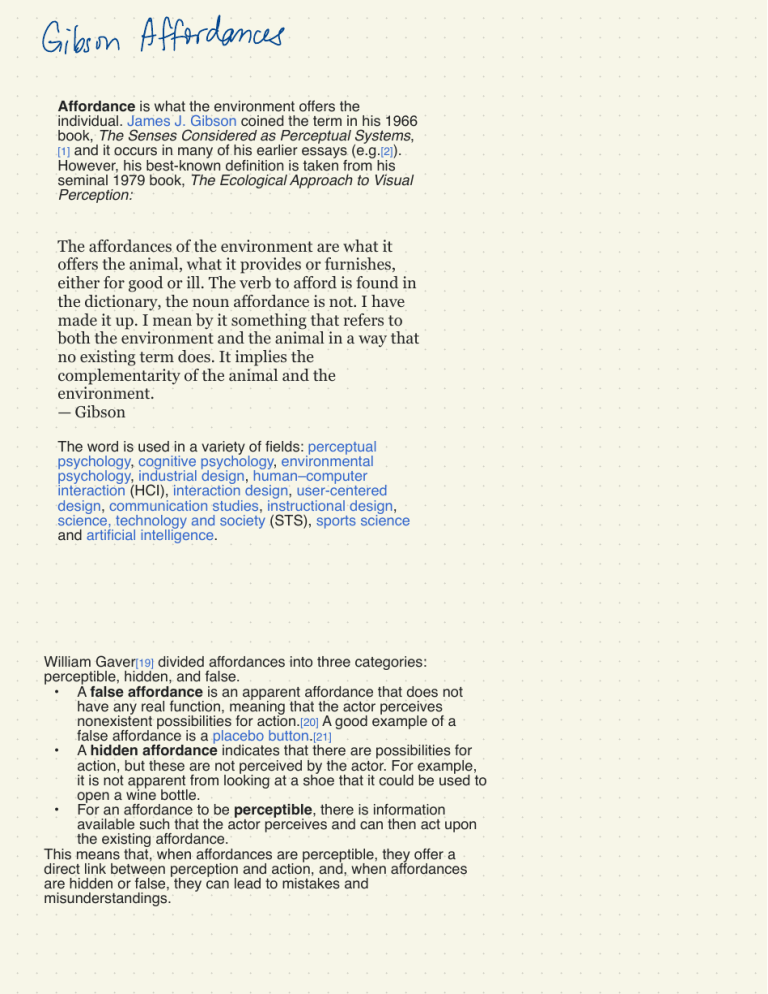
Gibson Affordances Affordance is what the environment offers the individual. James J. Gibson coined the term in his 1966 book, The Senses Considered as Perceptual Systems, [1] and it occurs in many of his earlier essays (e.g.[2]). However, his best-known definition is taken from his seminal 1979 book, The Ecological Approach to Visual Perception: The affordances of the environment are what it offers the animal, what it provides or furnishes, either for good or ill. The verb to afford is found in the dictionary, the noun affordance is not. I have made it up. I mean by it something that refers to both the environment and the animal in a way that no existing term does. It implies the complementarity of the animal and the environment. — Gibson The word is used in a variety of fields: perceptual psychology, cognitive psychology, environmental psychology, industrial design, human–computer interaction (HCI), interaction design, user-centered design, communication studies, instructional design, science, technology and society (STS), sports science and artificial intelligence. William Gaver[19] divided affordances into three categories: perceptible, hidden, and false. • A false affordance is an apparent affordance that does not have any real function, meaning that the actor perceives nonexistent possibilities for action.[20] A good example of a false affordance is a placebo button.[21] • A hidden affordance indicates that there are possibilities for action, but these are not perceived by the actor. For example, it is not apparent from looking at a shoe that it could be used to open a wine bottle. • For an affordance to be perceptible, there is information available such that the actor perceives and can then act upon the existing affordance. This means that, when affordances are perceptible, they offer a direct link between perception and action, and, when affordances are hidden or false, they can lead to mistakes and misunderstandings.
